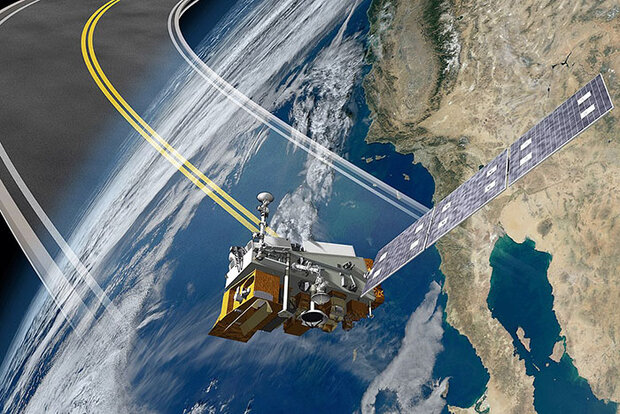Verifying the reliability of satellite formaldehyde measurements

The NOAA-20 is one of the satellites currently used to track atmospheric formaldehyde. Credit: Wikipedia

The NOAA-20 is one of the satellites currently used to track atmospheric formaldehyde. Credit: Wikipedia
Formaldehyde is a trace gas created in the atmosphere through oxidation reactions involving harmful organic chemical compounds emitted from transportation, industrial processes, and the use of organic solvents. Researchers are interested in studying atmospheric formaldehyde as an indicator of these organic compounds, and also because formaldehyde itself poses a threat to human health as a carcinogen. Satellite observations have been used globally as a source of formaldehyde distribution and concentration data since 1995. New instruments capable of taking these measurements were launched aboard the Suomi National Polar-orbiting Partnership (Suomi NPP) and National Oceanic and Atmospheric Administration-20 (NOAA-20) satellites in October 2011 and November 2017. A new validation study, partially funded by the Climate Program Office’s Atmospheric Chemistry, Carbon Cycle and Climate (AC4) Program, verifies that these measurements taken from space are comparable to ground measurements from NASA’s Network for the Detection of Atmospheric Composition Change. The results, published in Earth and Space Science, show that both satellites produce accurate data, but the instruments on the NOAA-20 satellite can detect pollution at smaller scales on Earth’s surface.